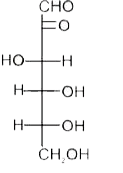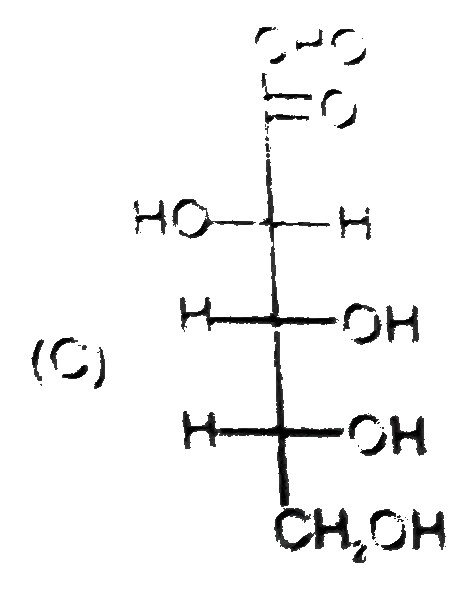Phenol on treatment with bromine water gives………………but with bromine in CS2 it mainly gives…………………
To answer the question, we need to analyze the reactions of phenol with bromine water and bromine in carbon disulfide (CS₂).
1. Understanding the Reactants:
- We start with phenol (C₆H₅OH), which is a weak acid and has an -OH (hydroxyl) group that is ortho- and para-directing for electrophilic substitution reactions.
2. Reaction with Bromine Water:
- When phenol reacts with bromine water (Br₂ in water), the -OH group enhances the electron density on the aromatic ring.
- This increased electron density makes the ring more reactive towards electrophiles, such as bromine.
- The reaction leads to the substitution of bromine at the 2, 4, and 6 positions of the phenol ring, resulting in the formation of 2,4,6-tribromophenol.
3. Reaction with Bromine in CS₂:
- When phenol reacts with bromine in carbon disulfide (CS₂), a non-polar solvent, the -OH group does not significantly increase the electron density on the ring.
- The reaction predominantly yields para-bromophenol as the major product, with some formation of ortho-bromophenol as a minor product.
- This is due to steric hindrance at the ortho position, making the para position more favorable for substitution.
4. Summary of Products:
- With Bromine Water: 2,4,6-tribromophenol
- With Bromine in CS₂: Para-bromophenol (major product) and ortho-bromophenol (minor product)
Final Answer:
- Phenol on treatment with bromine water gives 2,4,6-tribromophenol, but with bromine in CS₂, it mainly gives para-bromophenol.
- We start with phenol (C₆H₅OH), which is a weak acid and has an -OH (hydroxyl) group that is ortho- and para-directing for electrophilic substitution reactions.
- When phenol reacts with bromine water (Br₂ in water), the -OH group enhances the electron density on the aromatic ring.
- This increased electron density makes the ring more reactive towards electrophiles, such as bromine.
- The reaction leads to the substitution of bromine at the 2, 4, and 6 positions of the phenol ring, resulting in the formation of 2,4,6-tribromophenol.
- When phenol reacts with bromine in carbon disulfide (CS₂), a non-polar solvent, the -OH group does not significantly increase the electron density on the ring.
- The reaction predominantly yields para-bromophenol as the major product, with some formation of ortho-bromophenol as a minor product.
- This is due to steric hindrance at the ortho position, making the para position more favorable for substitution.
- With Bromine Water: 2,4,6-tribromophenol
- With Bromine in CS₂: Para-bromophenol (major product) and ortho-bromophenol (minor product)
- Phenol on treatment with bromine water gives 2,4,6-tribromophenol, but with bromine in CS₂, it mainly gives para-bromophenol.
Topper's Solved these Questions
- ALCOHOLS, ETHERS AND PHENOLS BOOK - FIITJEECHAPTER - ALCOHOLS, ETHERS AND PHENOLS EXERCISE - ASSIGNMENT PROBLEMS (SUBJECTIVE) (EXPLANATORY QUESTIONS) (LEVEL-I)
2 Videos
- ALCOHOLS, ETHERS AND PHENOLS BOOK - FIITJEECHAPTER - ALCOHOLS, ETHERS AND PHENOLS EXERCISE - ASSIGNMENT PROBLEMS (SUBJECTIVE) (LEVEL-II)
1 Videos
- ALCOHOLS, ETHERS AND PHENOLS BOOK - FIITJEECHAPTER - ALCOHOLS, ETHERS AND PHENOLS EXERCISE - ASSIGNMENT PROBLEMS (SUBJECTIVE) (SHORT ANSWER TYPE QUESTIONS) (LEVEL-I)
10 Videos
- ALDEHYDES AND KETONES BOOK - FIITJEECHAPTER - ALDEHYDES AND KETONES EXERCISE - MATCHING LIST QUESTIONS
2 Videos
Similar Questions
Knowledge Check
D-Glucose upon treatment with bromine-water gives
A B
B C
C D
D
Glucose when treated with bromine water gives
ASaccharide acidBOxalic acidCGlucose oximeDGluconic acidD-Glucose upon treatment with bromine-water gives :
A B
B C
C D
D
Aniline on treatment with excess of bromine water gives
View SolutionGlucose on oxidation with bromine water gives
View SolutionWhen phenol reacts with bromine in CS2 at a low temperature, the product is :
View SolutionPhenol on bromination with liquid bromine gives
View SolutionPhenol reacts with aqueous bromine to give :
View Solution
